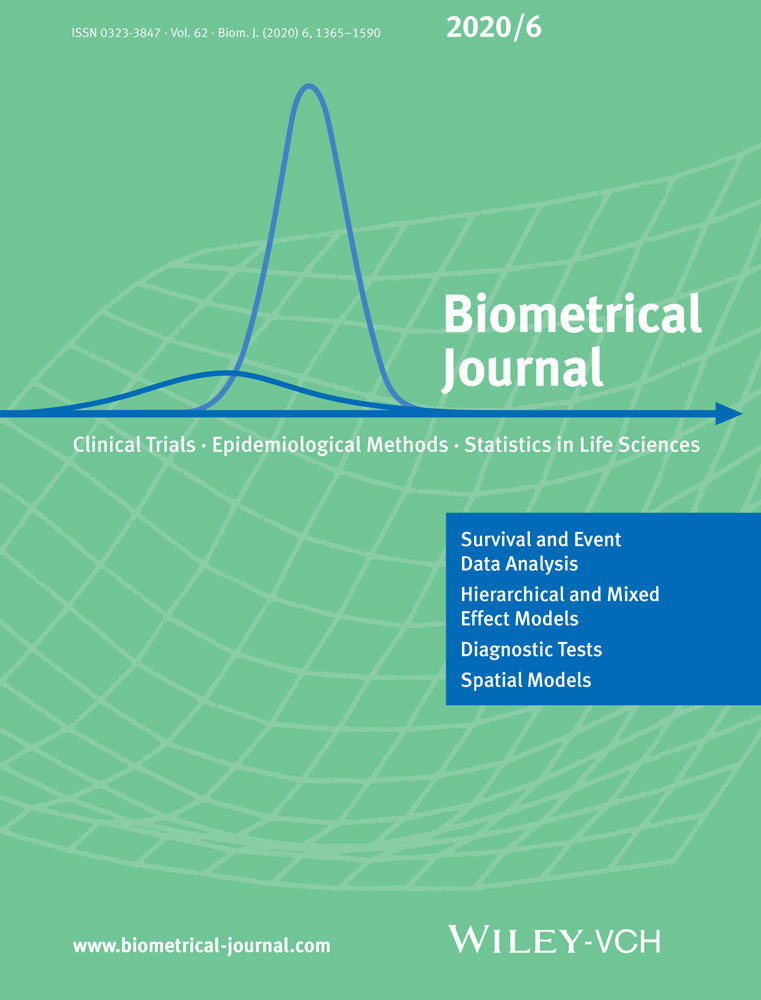The area between ROC curves, a non-parametric method to evaluate a biomarker for patient treatment selection
Abstract
Treatment selection markers are generally sought for when the benefit of an innovative treatment in comparison with a reference treatment is considered, and this benefit is suspected to vary according to the characteristics of the patients. Classically, such quantitative markers are detected through testing a marker-by-treatment interaction in a parametric regression model. Most alternative methods rely on modeling the risk of event occurrence in each treatment arm or the benefit of the innovative treatment over the marker values, but with assumptions that may be difficult to verify. Herein, a simple non-parametric approach is proposed to detect and assess the general capacity of a quantitative marker for treatment selection when no overall difference in efficacy could be demonstrated between two treatments in a clinical trial. This graphical method relies on the area between treatment-arm-specific receiver operating characteristic curves (ABC), which reflects the treatment selection capacity of the marker. A simulation study assessed the inference properties of the ABC estimator and compared them with other parametric and non-parametric indicators. The simulations showed that the estimate of the ABC had low bias, power comparable to parametric indicators, and that its confidence interval had a good coverage probability (better than the other non-parametric indicator in some cases). Thus, the ABC is a good alternative to parametric indicators. The ABC method was applied to data of the PETACC-8 trial that investigated FOLFOX4 versus FOLFOX4 + cetuximab in stage III colon adenocarcinoma. It enabled the detection of a treatment selection marker: the DDR2 gene.
CONFLICT OF INTEREST
The authors have declared no conflict of interest.
Open Research
Open Research Badges
This article has earned an Open Data badge for making publicly available the digitally-shareable data necessary to reproduce the reported results. The data is available in the Supporting Information section.
This article has earned an open data badge “Reproducible Research” for making publicly available the code necessary to reproduce the reported results. The results reported in this article could fully be reproduced.




